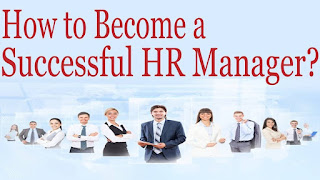In the world of business, the responsibility of HR was to work on the administrative affairs of the organization and employees and carry out the routine transactions but with the development of the intensity of competition and change of organization work environment and performance, this role no longer meets the needs of the today organization and business world.
Today the responsibility of the HR manager and HR specialists is to contribute effectively to fulfilling vision, objectives and strategy of the organization, support employees and work environment and take into account external variables and internal requirements.
This shift requires HR manager and HR specialists be familiar:
- formulating and crafting vision.
- Strategic planning, managing strategy and formulation of objectives.
- Financial practices and methods of calculating the return on investment.
- The art of enterprise management in the and requirements of competitive environment .
- Change management.
- The nature of the organization's stakeholders, customers expectation, products and services and how to reflect it in HR strategy and deliverable services to support business units achieving
- Various measurement tools, financial, quality, statistical and employment methods to support the employees and the organization.
- Research and obtain successful methodologies and practices to support, recruit, encourage and inspire employees talents, performance and creativity at work.
HR manager and HR specialist today requires to be familiar with these various sciences and practices employed in the formulation of strategy and objectives of HR to deliver services support achieving the vision, strategy and objectives of the organization and measure the results of HR contribution in f8nancial figures and statistics showing how much HR contributiin in profit, meet customers expectation, maintain organization core competency, organization competative advantages and sustain employees talent and creativity at work.








